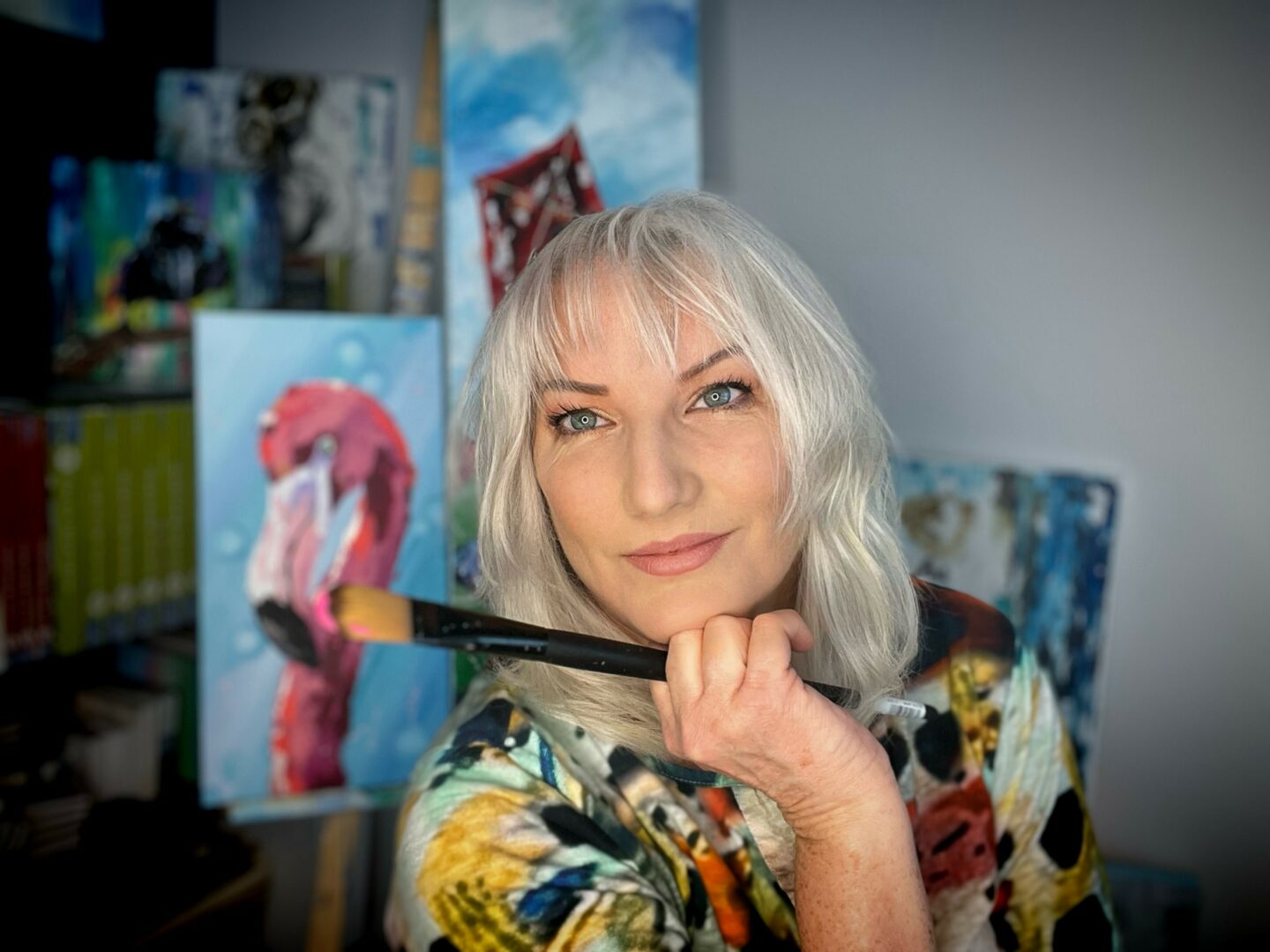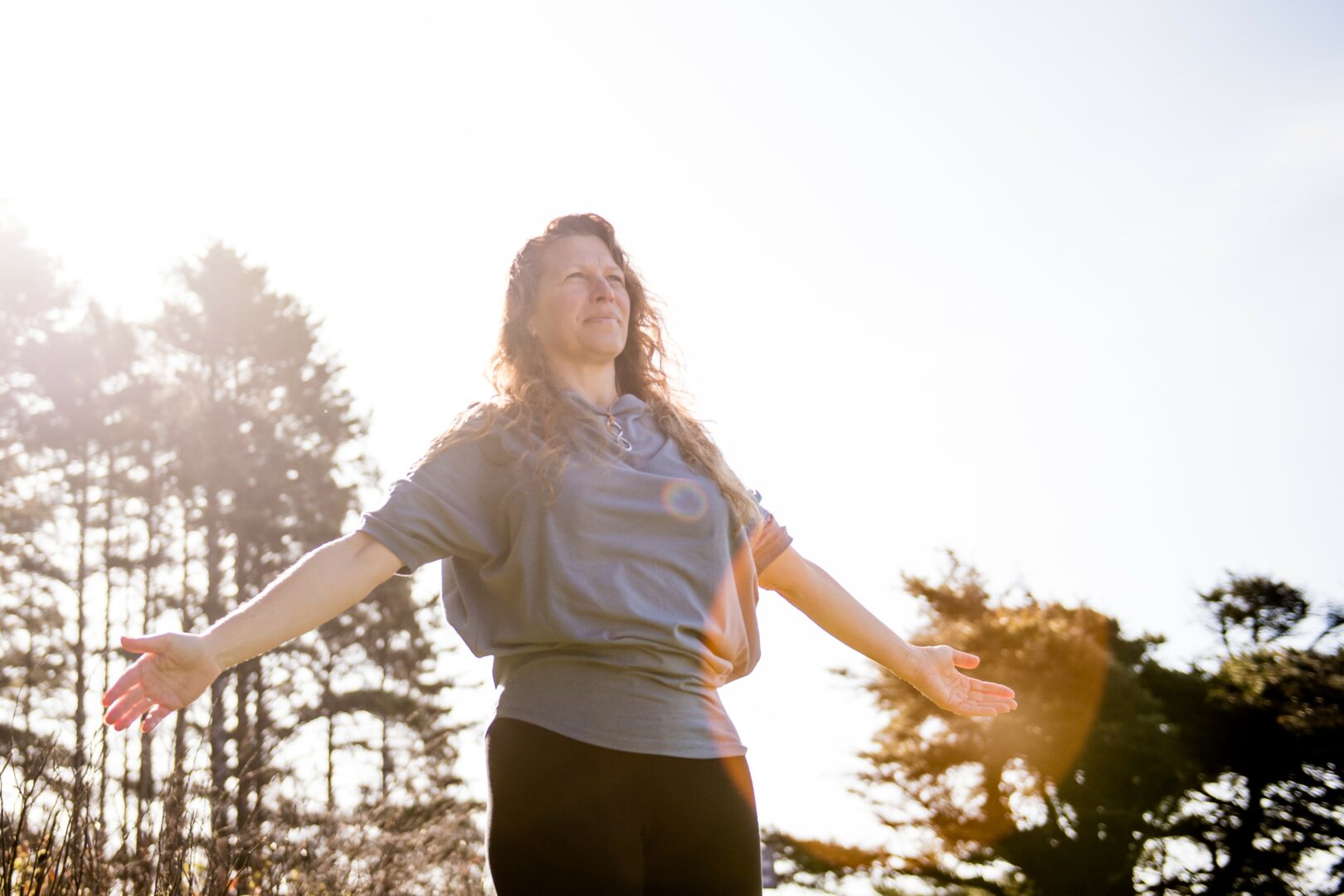We recently had the chance to connect with Lisa Ray Koenig and have shared our conversation below.
Hi Lisa Ray, thank you so much for joining us today. We’re thrilled to learn more about your journey, values and what you are currently working on. Let’s start with an ice breaker: When was the last time you felt true joy?
When was the last time I felt true joy? I feel it now—and it continues to stay with me. There is something special, almost indescribable, about these moments of joy.
After recently losing my job due to “restructuring,” I discovered a new kind of freedom: no longer tied to a computer or phone, no longer waiting, no longer living in that constant state of being “on call.” This release from former employment has opened space within me, a sense of lightness and relief.
Now, I am free to fully immerse myself in my art. This freedom, this expansion, is the source of my joy. This is true joy—alive, present, and deeply real.
Can you briefly introduce yourself and share what makes you or your brand unique?
I am an emerging artist based in Napanee, Ontario, Canada. My journey with painting began in March 2020, when I was gifted the time to explore a passion that had always been within me but remained hidden under the structure of a 9-to-5 routine.
Without formal training, I’ve embraced experimentation across different styles, gradually discovering my own artistic voice. My work is shaped by emotion and spontaneity, guided by a free-spirited approach to acrylic painting. I’ve never been one to colour inside the lines, and that sense of freedom is reflected in each piece I create.
I invite you to pause and immerse yourself in my art—and perhaps enjoy a playful detail along the way. My cat, Felix, is often tucked into my paintings, waiting to be discovered in what I call “Find Felix.”
Great, so let’s dive into your journey a bit more. What relationship most shaped how you see yourself?
The relationship that has most shaped how I see myself is my marriage. My husband, John, has been and continues to be my greatest supporter—standing beside me in everything I have done, tried, or dreamed of doing. His steady belief in me has been a quiet but powerful force, reminding me that nothing is impossible.
Through him, I have learned that no dream is too wild, no idea too far to reach. His unwavering commitment has given me both courage and hope, shaping not only how I see the world but how I see myself within it.
In his presence, I feel free to pursue my passions, to fully embrace my creativity, and to trust in my own strength. My marriage to John has profoundly defined me, and for his love, faith, and constant support, I am endlessly grateful.
If you could say one kind thing to your younger self, what would it be?
If I could speak to my younger self, I would say: Don’t worry about being judged.
I know it hurts when someone doesn’t see your vision the way you do. I remember a grade 9 art project that I did that I poured my heart into that I thought was amazing, well the art teacher thought differently…. It was shown as an example of “what not to do.” I was crushed.
But here is what I want you to feel: it’s okay. Not everyone will understand or appreciate what you create. That does not lessen its value.
Keep creating. Keep exploring. Keep sharing your art and your ideas. Learn from moments that sting, let them pass, and trust yourself. Your voice is unique, and it is worth expressing.
I think our readers would appreciate hearing more about your values and what you think matters in life and career, etc. So our next question is along those lines. Is the public version of you the real you?
The public version of me is only one layer of who I am as an artist. It’s shaped by what others see in my work, the exhibitions, art shows, or social media posts—how I present myself and my creations. While it reflects parts of my vision and style, it is not the full picture.
The “real me” exists in the quiet moments in my studio, where I experiment with color, texture, and form, often failing, exploring, and discovering without anyone watching. It’s in these private, unguarded moments that my truest expression emerges—free from judgment, expectation, or performance.
Both versions matter: the public self shares my art with the world, invites connection, and opens dialogue, while the private self fuels the creativity, passion, and authenticity that make my work alive. My journey as an artist is learning to let these selves inform each other, so that what the world sees is closer to who I truly am inside my studio.
Okay, so before we go, let’s tackle one more area. What is the story you hope people tell about you when you’re gone?
When I’m gone, I hope people tell the story of me as an artist who lived and created with honesty and heart. Throughout life, we may explore many careers, many paths, but what truly matters is the work—or the calling—that brings us immense joy. For me, that has always been my art.
I hope they see that I poured my soul into every brushstroke, that my work was an invitation to feel, to imagine, and to connect. I hope they tell the story of someone who embraced the courage to follow her joy, to take risks, and to trust her instincts, even when the path was uncertain.
Above all, I hope they remember that it is about the love—for the work, for the process, for the act of creating—and how that love can touch others. That, to me, would be the legacy of a life well-lived as an artist.
Contact Info:
- Website: https://groovycatsart.ca
- Instagram: @groovycatsart
- Facebook: https://www.facebook.com/groovycatsart11

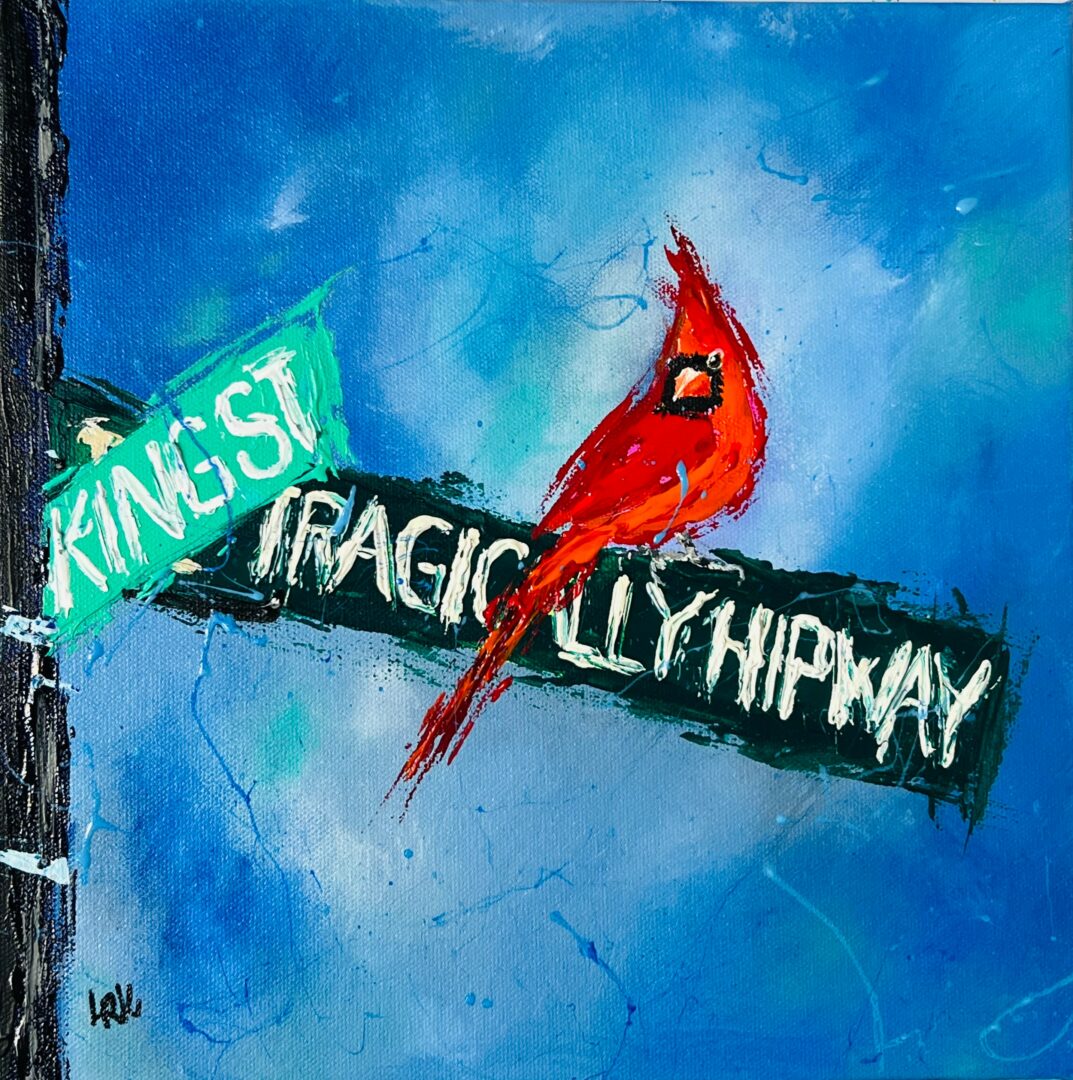

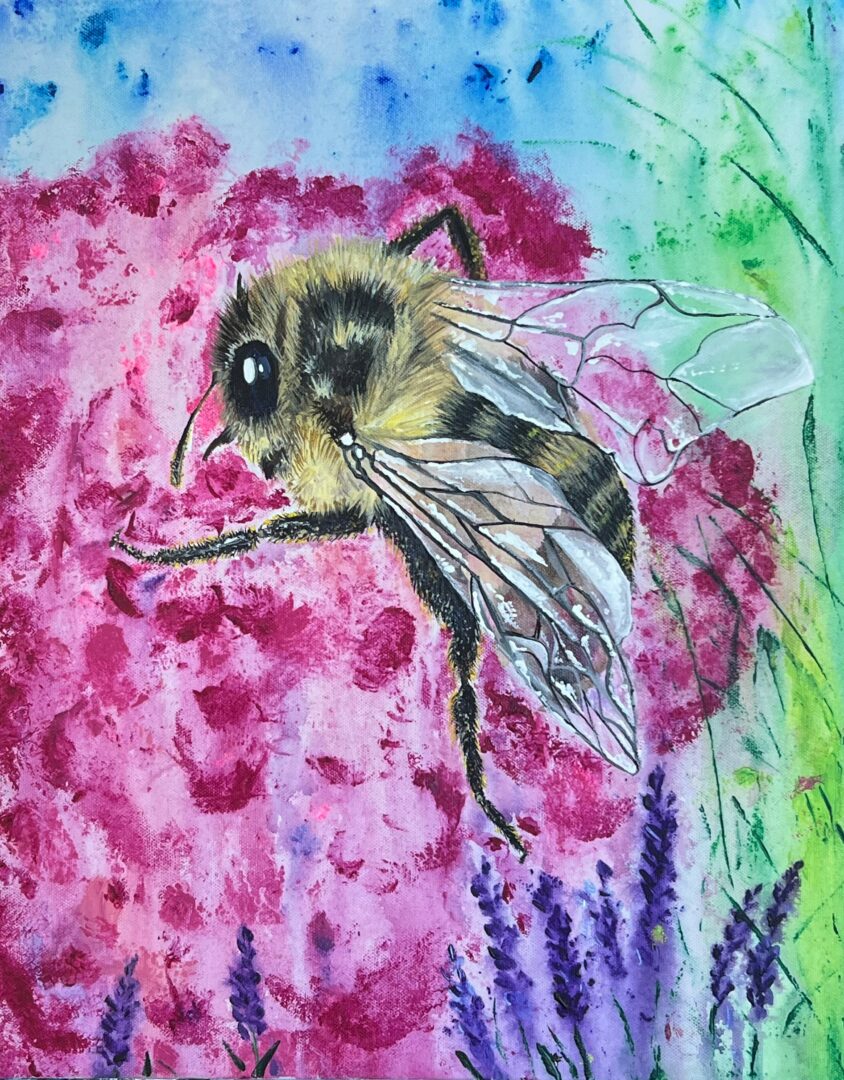

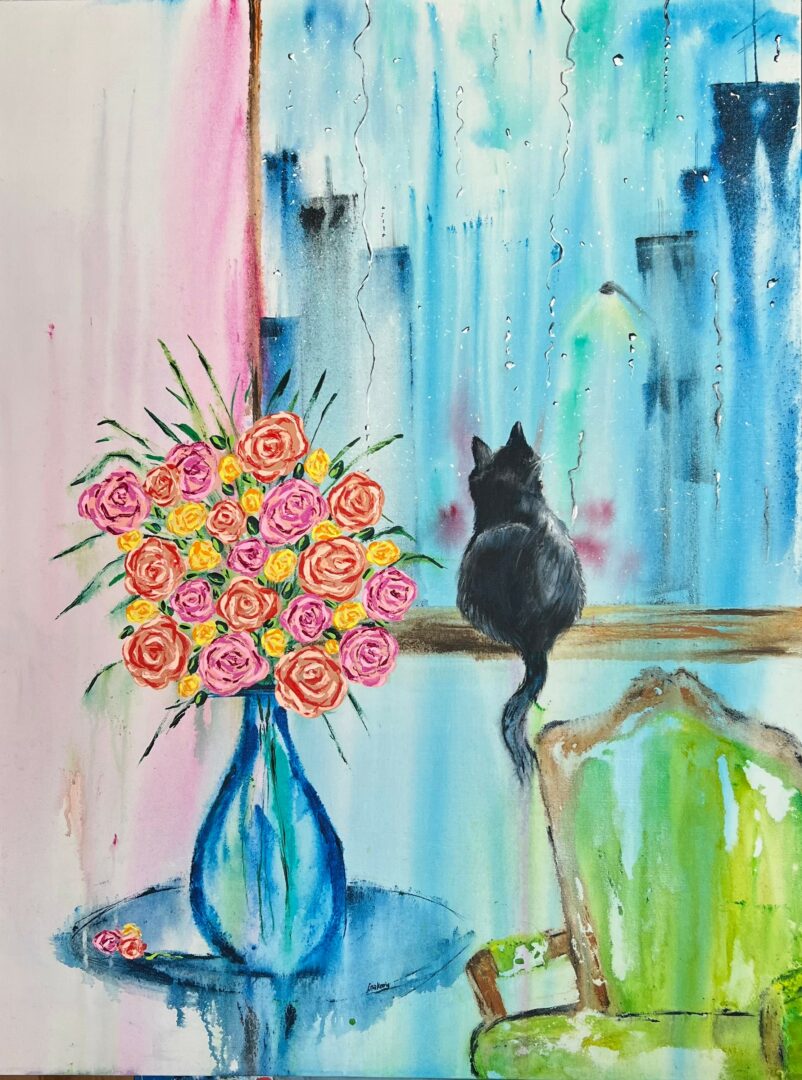
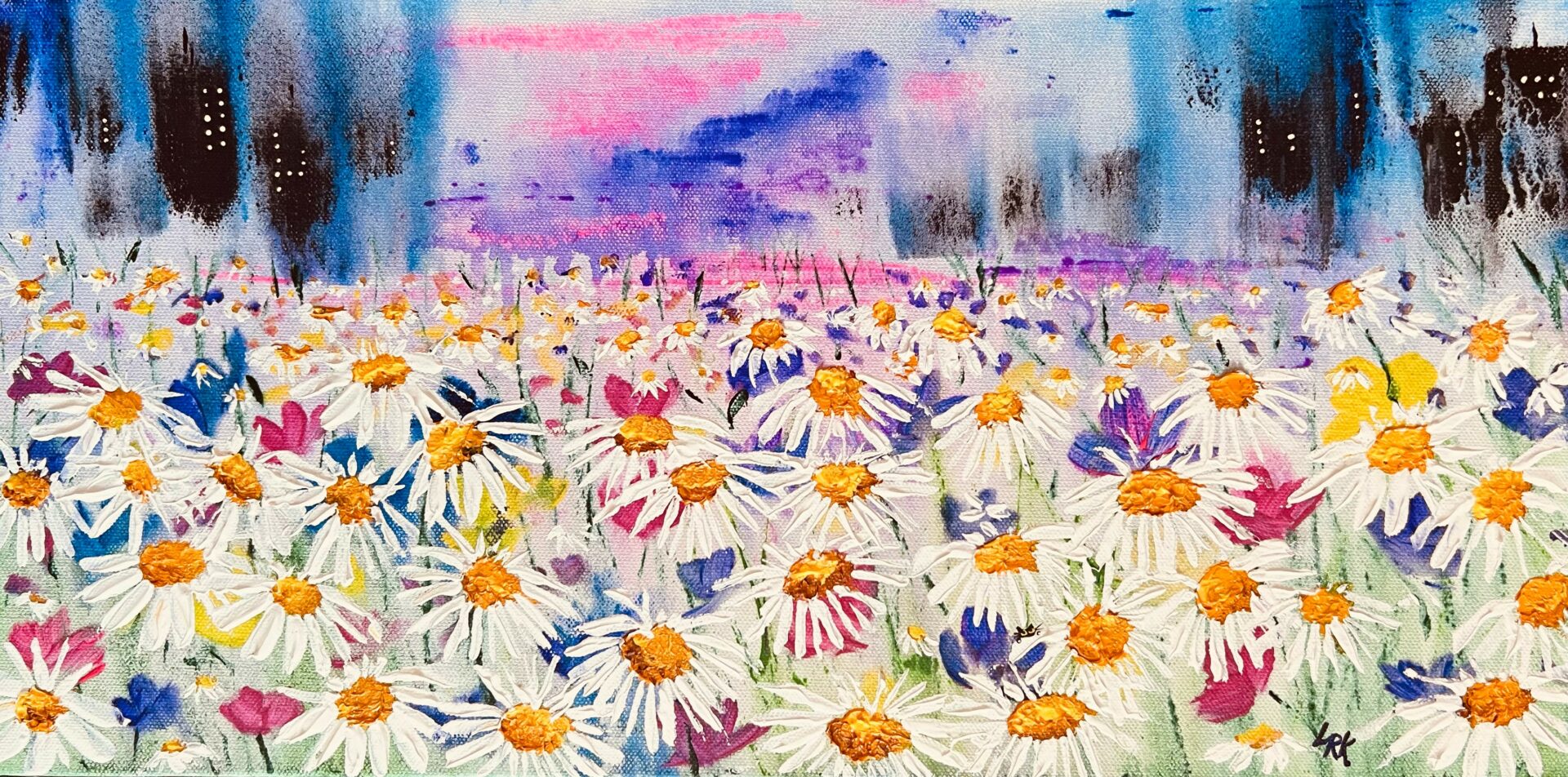
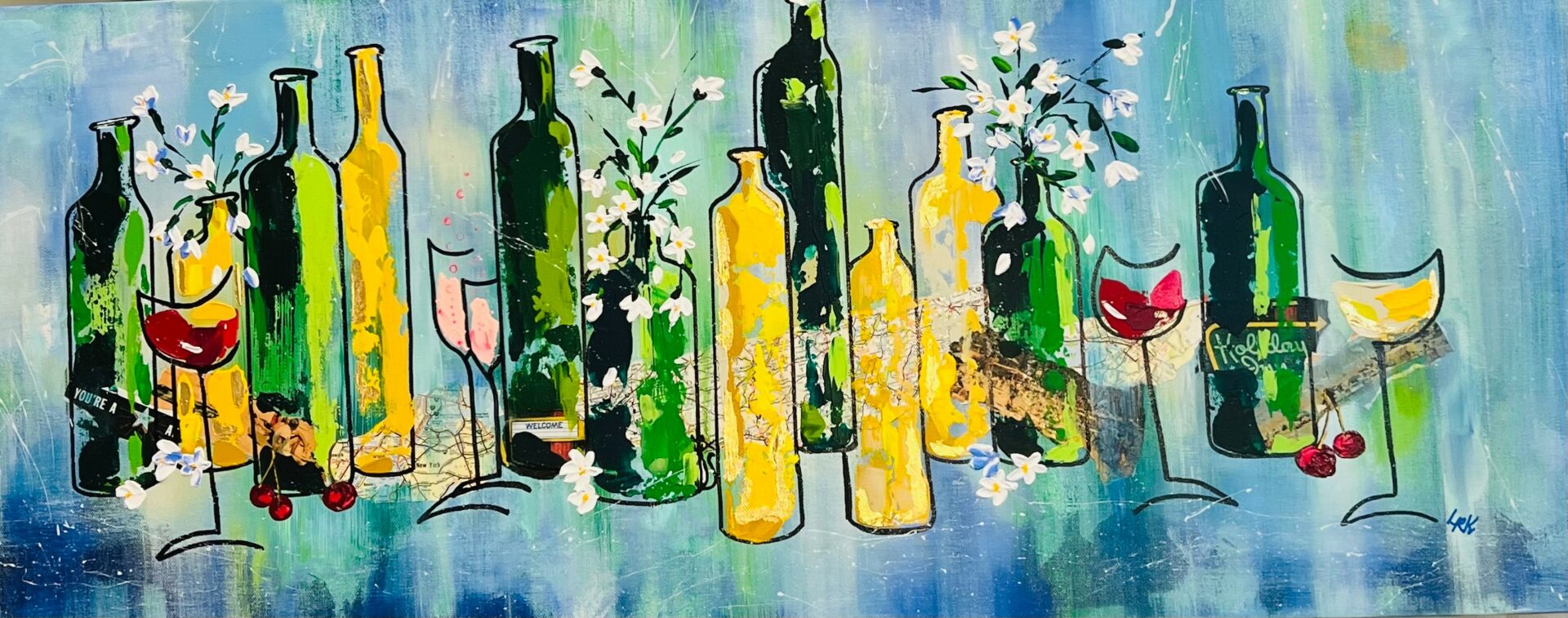
Image Credits
Lisa Ray Koenig
so if you or someone you know deserves recognition please let us know here.

